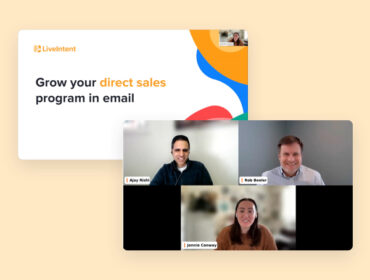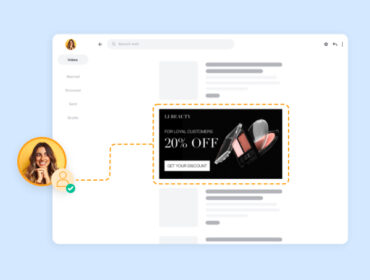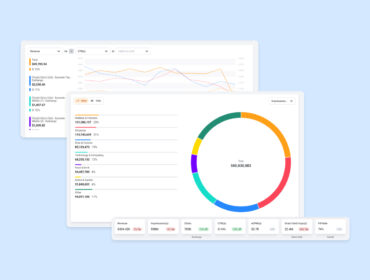The evolution of email for publishers: From antique curio to bridge to the future
It’s crazy what the passage of time shows us. For instance, if you’d told a younger version of myself I’d be writing a blog post for my company’s website using a lame meme that was already old when I found out about it a year ago as the blueprint, I’d be incredulous. Yet, here we are.
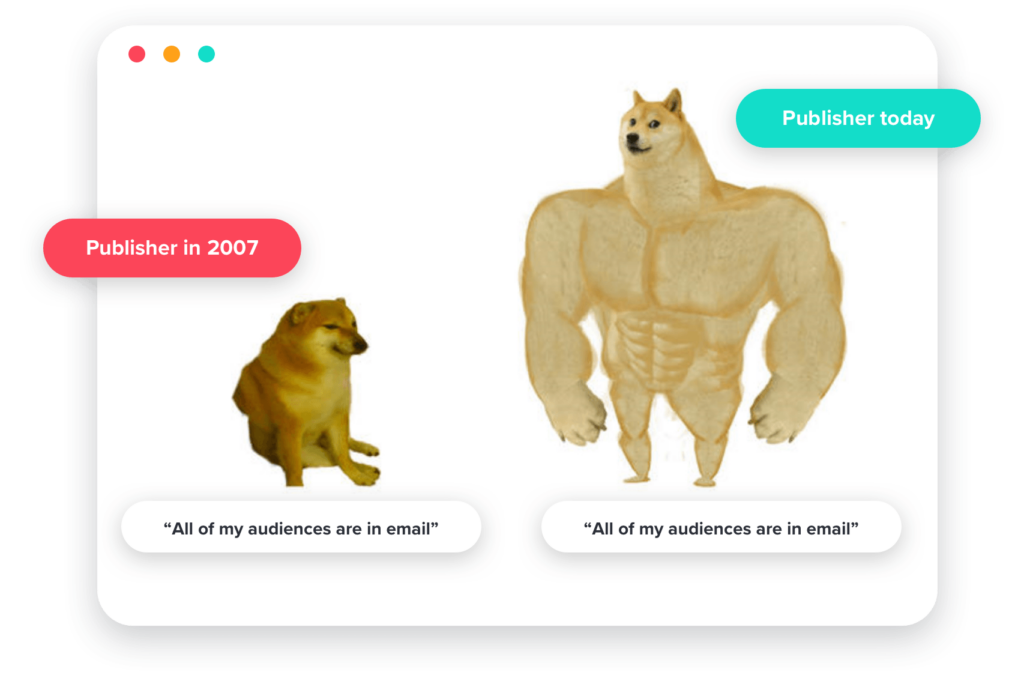
Publishers themselves are witnessing trends that might surprise them. As the walled gardens gained steam over a decade ago, the refrain of the collective hivemind become overpowering: “You must build up audiences on Facebook, on Twitter, within Google! These, the shiny objects where the audiences now are, is your true source of energy and will be forevermore!”. Coworkers complain about me being dramatic, but I don’t see it.
Meanwhile, all the cachet for publishers and brands at that point in history was in acquiring audiences on the walled gardens. The demographics looked right, it was measurable and targetable, it was logged-in, and it was shiny.
Concurrently, email programs leveraged by publishers and brands continued to be the old faithful of digital, consistently producing the best returns, but somehow the email newsletters were overshadowed by the flashier opportunity in the walled gardens. As advertiser spend and publisher attention shifted to the walled gardens (replete with extra effort to pivot to video based on lies), the revenue from ads in email newsletters and alerts was consistently growing, as were email audiences.
But, still, within the dynamics of a publisher’s employ, the feedback we consistently heard was that the people who managed the email operations of a publisher were seen, in some respects, as the managers of a dinosaur. The apple of the eye of publishers were the teams that managed their presence on the walled gardens.
However, those days are over! Today, publishers realize the true value of the email address: a privacy-safe asset they alone own (sans intermediary) that represents logged-in media the reader has signed up for and requested. The email program is the key to maintaining a relationship with the reader, the key to driving subscriptions (the insights can even be leveraged as part of a dynamic paywall model), the key to logged-in advertising revenue outside the walled gardens, and the key to Identity and People-based marketing in a world without third-party cookies.
There’s much gnashing of teeth and doom and gloom in the press and from certain corners of the industry about the new, third-party challenged era, but what we hear from our clients, the majority of whom are tasked with overseeing email programs and with roadmapping solutions for the post third-party cookie era, is something different. They are, dare we say, excited for the new era? As we provision them to succeed in the third-party era, we’ve conducted thousands of meetings. Here are two major themes that consistently come up.
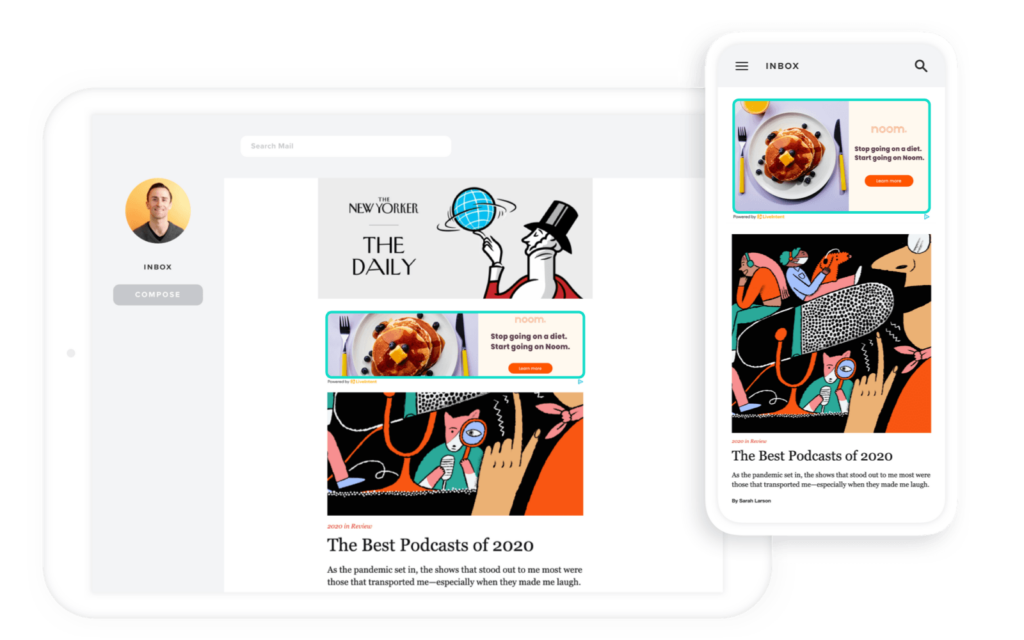
Advertisers always long for targetable, measurable, logged-in media. While using third-party cookie data for targeting, measurement, and attribution wasn’t ideal (or, honestly, very good), at least it existed and could be modeled against. In a third-party cookie bereft era, those practices may be dead in the water. There are a variety of methods that advertisers are exploring in order to market to audiences outside of logged-in media infused with intent data, and our Identity graph and ability to resolve audiences will be leveraged by many, but advertisers are psyched about redoubling efforts within email. With the coming third-party cookie apocalypse, advertising within the email channel will be even more of a premium, since it offers targeting, attribution and measurement in a world where that’s scarce.
Email is a bridge to the future.
Publishers know that with LiveIntent, they can have their cake and eat it, too. The email address sits at the fulcrum of their future successes in a post-third-party cookie world. Every solution that shores up publisher’s destinies in the future allows them to leverage the first-party data they’ve earned by virtue of their content and loyalty. Sitting at the center of this value proposition is the email address. Advertising with LiveIntent allows publishers to both build up this precious resource (email rolls) while making money from it.
Contact us to learn more about how LiveIntent can help you accomplish your monetization goals.
